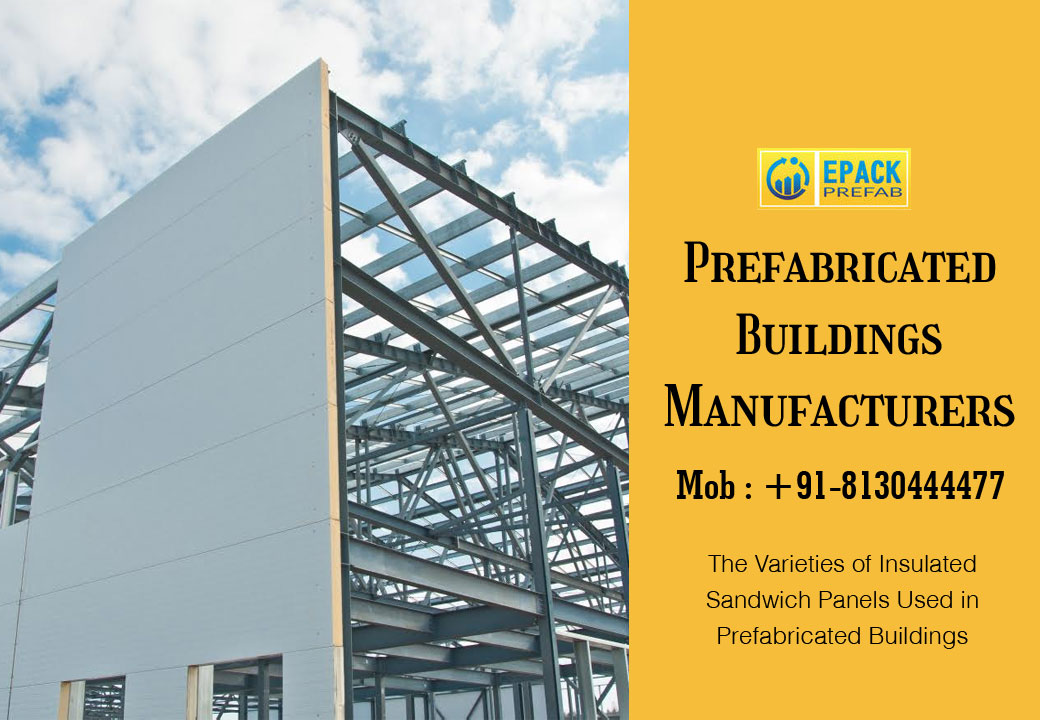Sandwich panels are composite materials used for building floors, walls, and roofs, making them a modern solution for residential and commercial construction projects alike. Sandwich panels, also called shielded panels, comprise an insulation layer (the core)’sandwiched’ between two structural layers. The idea underlying protected panels dates back to the 1930s, but sandwich panels have only been commercially popular since the 1970s due to their superior thermal efficiency, energy efficiency, and durability in comparison to conventional wood-framed buildings.
As a result of developments in construction techniques and supplies, modern sandwich panels are a vast improvement over their forebears. These panels are now commonly used for both exterior and interior applications, including walls, façades, ceilings, and roofs, as they can be manufactured to withstand a variety of internal and external challenges. Additionally, airtight sandwich panels are an excellent choice for building cold storage units, which require precise interior climate conditions for storing groceries and medicines. To a large extent, sandwich panels’ effectiveness is determined by the materials used for both the inside core and the exterior sheathing.
Products like expanded polystyrene (EPS), extruded polystyrene (XPS), polyisocyanurate (PIR), polyurethane (PUR), and mineral fibre are currently widely used for the core (MW). While every substance has its advantages and disadvantages, PIR and PUR cores are often more fire- and water-resistant than EPS and XPS cores and more long-lasting than mineral wool or other materials. Sheet metal, aluminium, OSB, plywood, fibre concrete, and magnesium oxide are just some of the most common options for the outer boards that surround the core (MgO). Here again, material selection is important since sandwich panels covered with sheet steel offer superior fire efficiency, dampness and mould ingress resistance, and durability compared to OSB, plywood, and composite architectural home siding panels.
Despite the materials, one of the best features of sandwich panels is how quickly they can be installed in comparison to ‘built-up’ systems that require more parts. Sandwich panels are factory pre-engineered to be single-component systems, needing significantly little energy and time to fabricate, as opposed to traditional building methods that call for separate walls and a roof to be constructed. This results in significant savings for home builders in terms of labour, time, and materials.
We at EPACK Prefab is one of the premium manufacturers of insulated sandwich panels. We make PUF, EPS, rockwool, glasswool panels, all crafted under controlled environment in our manufacturing unit. Contact us if you have a requirement.

